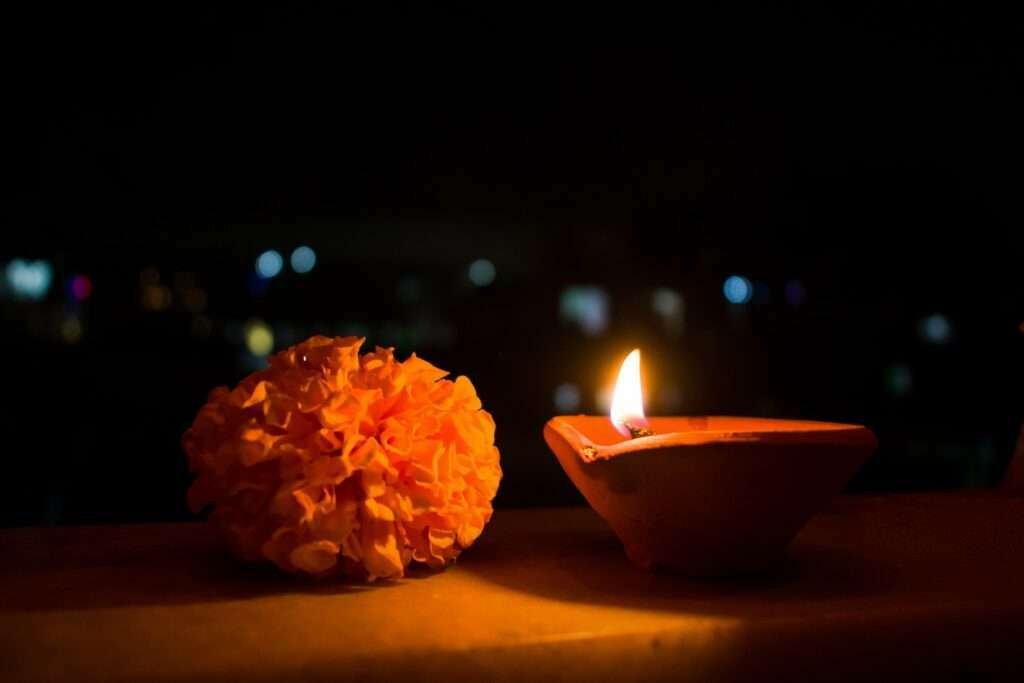vastu for Pooja room

Photo by Sonika Agarwal on Unsplash
The pooja room, often referred to as the sacred space or the prayer room, holds immense significance in Indian households. It’s a place where individuals connect with their spiritual selves and seek divine blessings. According to Vastu Shastra, an ancient Indian architectural science, the arrangement and design of the pooja room can have a profound impact on the energy flow within a home. In this comprehensive guide, we will delve into the principles of Vastu for pooja rooms, exploring tips and guidelines to create a harmonious and spiritually uplifting space.
1. Location Matters:
The location of the pooja room within your home is of utmost importance. According to Vastu principles:
- Northeast Direction: This is considered the most auspicious direction for the pooja room. It is believed to attract positive energy and enhance spiritual connection.
- East Direction: If the northeast is not feasible, the east direction is a suitable alternative.
- North Direction: Another acceptable direction is the north. It is associated with prosperity and abundance.
2. Design and Layout:
The design and layout of the pooja room should encourage tranquility and devotion. Some key aspects to consider are:
- Shape: Opt for a square or rectangle shape for the pooja room. These shapes symbolize stability and balance.
- Door Placement: The entrance to the pooja room should ideally be in the east or north and should have a threshold. This demarcates the sacred space from the rest of the house.
- Avoid Clutter: Keep the pooja room clutter-free. This promotes a serene environment and allows energy to flow freely.
- Altar Placement: The altar or deity’s idol should face either east or west. Avoid placing it in the south direction.
- Storage: Adequate storage for keeping puja essentials is essential. Cabinets or shelves within the room can help maintain organization.
3. Colors and Lighting:
The choice of colors and lighting can significantly impact the ambiance of the pooja room:
- Colors: Opt for soothing and light colors like white, light yellow, or pastel shades. These colors promote positivity and serenity.
- Lighting: Natural light is preferable. If that’s not feasible, use warm and soft lighting. Avoid harsh or fluorescent lights.
4. Pooja Room Essentials:
Certain items are considered essential in a pooja room as per Vastu:
- Deity Idol: The idol or image of the deity should be treated with respect. Place it on a clean and elevated platform.
- Sacred Geometry: Incorporating sacred geometry like the Sri Yantra or the Swastika can amplify positive energy.
- Water Element: Including a water feature like a small fountain or a sacred water pot (kalash) with water and flower petals can enhance the room’s energy.
- Aromas: Lighting incense sticks or using essential oils can create a soothing atmosphere.
5. Vastu Tips:
- Avoid Pooja Room in Bedrooms: Placing the pooja room in the bedroom is discouraged as it can disrupt the room’s energy.
- Electronic Devices: Refrain from placing electronic devices in the pooja room. This includes phones, tablets, and televisions.
- Regular Cleansing: Clean the pooja room daily. This ensures a pure and positive environment.
- Fresh Flowers: Decorate the pooja room with fresh flowers. They symbolize purity and devotion.
6. Energizing the Space:
To infuse the pooja room with positive energy, consider these practices:
- Chanting and Meditation: Regular chanting of prayers and meditation can fill the space with spiritual vibrations.
- Full Moon Energization: Place water in a silver or copper vessel under the moonlight and sprinkle it in the pooja room for added positive energy.
- Salt Cleansing: Placing a bowl of rock salt in the room for a few hours and then discarding it can remove negative energy.
7. Personalization:
While adhering to Vastu guidelines is important, it’s also essential to personalize the pooja room according to your beliefs and preferences.
In conclusion, the pooja room is a sacred space where one can establish a deep connection with the divine. Following Vastu principles while designing this space can help create an environment that is conducive to spiritual growth, positivity, and harmony. By paying attention to the location, layout, colors, and essential elements, you can ensure that your pooja room becomes a reservoir of positive energy and a source of solace in your home.
- Vastu for pooja room is a vital consideration for those seeking spiritual harmony in their homes.
- When designing a Vastu for pooja room, it’s crucial to place it in the northeast or east corner of your home, aligning it with positive energies.
- The color scheme for a Vastu for pooja room should be soothing and serene, such as light blues or whites, to encourage a meditative atmosphere.
- Incorporating a sacred idol or image as the focal point in your Vastu for pooja room can enhance the spiritual energy of the space.
- Proper lighting and ventilation are essential in a Vastu for pooja room, ensuring a flow of positive energy.
- By adhering to Vastu for pooja room principles, you can create a sacred space that fosters deep spiritual connection and inner peace in your home.
